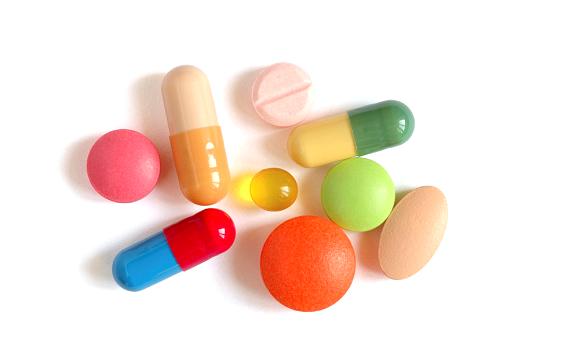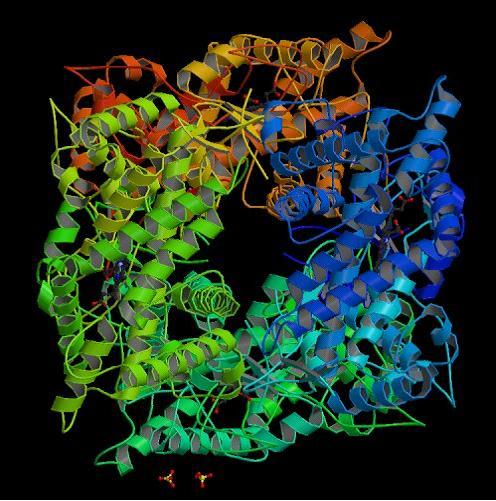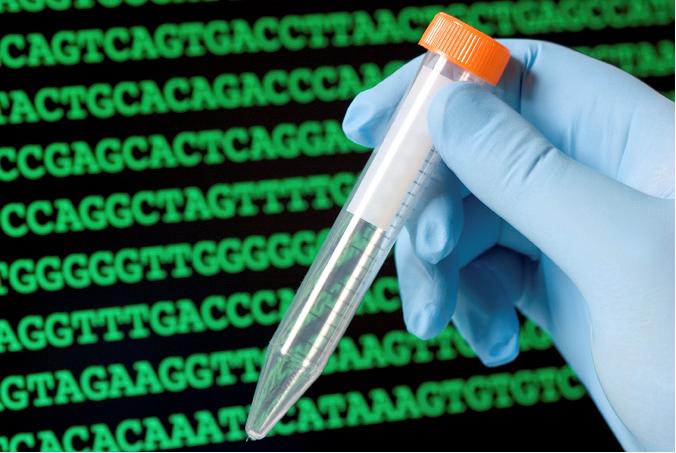Thirty Years Ago
 Doctors, pharmacists and researchers knew that some medicines caused serious side effects or reacted dangerously with other drugs. But there were few tests to predict these problems before drugs went into clinical studies or were used by many people.
Doctors, pharmacists and researchers knew that some medicines caused serious side effects or reacted dangerously with other drugs. But there were few tests to predict these problems before drugs went into clinical studies or were used by many people.
- Most studies on drug-metabolizing enzymes were done in rats or mice, so scientists didn’t know much about these enzymes in humans.
- To infer if a drug candidate would be toxic to humans, scientists evaluated whether the molecule caused organ damage in animals.
- Drug makers lacked the ability to customize the packaging and delivery of a drug to ensure that it would be well absorbed and available to the body.
Today
- As recently as 10 to 15 years ago, up to 40 percent of drugs failed to work properly because they were poorly absorbed, were destroyed by the body, failed to get to the right place or were excreted from the body too quickly. Today, fewer than 10 percent of medicines fail for these reasons. In part, that’s because scientists are able to identify which enzymes metabolize a candidate drug and what the end products will be. The Food and Drug Administration now requires this information before it considers approving a new drug.
- Researchers have characterized dozens of human drug-metabolizing enzymes and transport proteins that regulate the activity and levels of drugs in the body.
- Scientists also have identified certain medicines, vitamins, herbal remedies, nutritional supplements and other compounds that interact with these enzymes and transporters, possibly causing adverse cross-reactions. To minimize dangerous interactions, doctors and pharmacists maintain lists of such substances. Pharmaceutical scientists are able to detect potentially troublesome compounds early in drug discovery so they can prevent these compounds from moving forward in development.
- By analyzing the genetic sequences of drug-metabolizing enzymes from many people, researchers have identified more than 100 slightly different versions of the enzymes. Although most of these genetic variations are rare, some of them can markedly alter the activity and side effects of drugs.
- As scientists learn more about drug-metabolizing enzymes, particularly those called P450s, they are able to design and develop drugs that influence the activity of the enzymes.
 Advances in technology allow researchers to determine the detailed, three-dimensional structures of some human P450 enzymes. By examining the shapes and biochemical properties of these molecules, researchers learn how medicines and other compounds interact with them.
Advances in technology allow researchers to determine the detailed, three-dimensional structures of some human P450 enzymes. By examining the shapes and biochemical properties of these molecules, researchers learn how medicines and other compounds interact with them.
- Scientists are now able to use human, rather than animal, enzymes to predict whether a drug candidate or any of its byproducts will be toxic to humans. However, rare, serious drug reactions remain difficult to predict before testing experimental medicines in humans.
- The formulation, packaging and delivery of drugs are tailored to ensure optimal effectiveness, safety and convenience. Therapeutics ranging from cold remedies to anti-AIDS treatments are dispensed in time-release capsules that provide a constant level of a drug over several hours. Acid-sensitive drugs like some antibiotics and antihistamines are packaged so they can pass unscathed through the stomach into the small intestine, where they are absorbed. Other delivery systems include pumps (insulin), inhalers (asthma medications), implants (anticancer and pain medications), patches (estrogen replacement and smoking cessation treatments) and the covering of stents (the blood thinner heparin).
- Patient instructions routinely indicate whether a drug should be taken at a particular time of day and whether oral medications should be consumed with a meal or on an empty stomach.
- Scientists are using computers to analyze publicly available genomic information to predict new uses for existing medicines. The approach could save time and money compared to traditional drug discovery methods. Already, researchers revealed that, based on their effect on the human genome, an anti-ulcer medicine might treat lung cancer and an anticonvulsant might alleviate inflammatory bowel diseases.
Tomorrow
- Scientists will understand drug transporters and drug-metabolizing enzymes well enough that they will be able to predict accurately the effect these proteins will have on the action and distribution of drug candidates in the body.
- Better animal models and sensitive protein markers that detect cellular damage in specific organs will allow scientists to predict toxicity early in drug development.
 Researchers will better understand how a person’s genetic makeup influences whether specific medicines are effective, ineffective or even dangerous.
Researchers will better understand how a person’s genetic makeup influences whether specific medicines are effective, ineffective or even dangerous.
- Doctors will be able to calculate the amount of drug at its site of action, not just the concentration in a patient’s blood.
- Technical advances will allow doctors to deliver pharmaceuticals to specific organs or disease sites. This will increase the therapeutic benefit and reduce the bad side effects of drugs.
- Scientists and engineers will develop new, automated devices for drug delivery.
- Drugs will be safer and more effective for everyone.
NIGMS is a part of the National Institutes of Health that supports basic research to increase our understanding of life processes and lay the foundation for advances in disease diagnosis, treatment and prevention. For more information on the Institute's research and training programs, see http://www.nigms.nih.gov.
Content reviewed November 2012